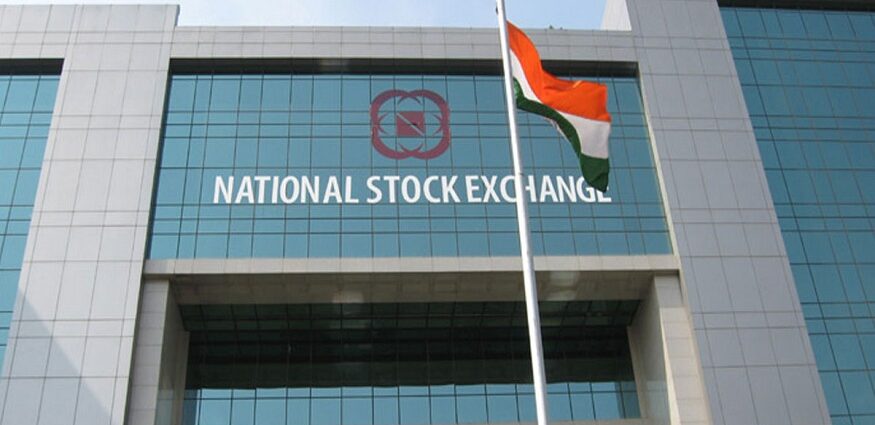Are you an Options trader looking for a tool that can help you analyze the market sentiment and make the right trade decisions? Look no further than the NSE Option Chain. This intuitive tool, available on the National Stock Exchange (NSE) in India, provides a wealth of information that can help you determine the most profitable trades. In this blog post, we will explain the components of the NSE Option Chain, the benefits of using it for trading, and how you can make the most of it to maximize your profits.
The NSE Option Chain Components
The NSE Option Chain is a comprehensive tool that provides several essential details for Trading Options. But before we delve into its components, let’s first understand what an Options contract is and how it works.
An Options contract is an agreement between a buyer and a seller that allows the buyer to purchase or sell a particular asset at a predetermined price and time. The buyer has the right, but not the obligation, to execute the contract, while the seller has the obligation to fulfill the contract terms if the buyer decides to execute it.
Now, let’s take a closer look at the different components of the NSE Option Chain:
Underlying Asset and Expiry Date
The first thing you’ll notice when you access the Option Chain Nifty is the underlying asset and its expiry date. The underlying asset could be a stock, an index, or a currency, while the expiry date indicates when the contract expires. It’s essential to keep track of the expiry date to avoid missing out on a profitable trade.
Call and Put Options
Next, you’ll see the Call and Put Options, which are the two primary types of Options contracts. A Call Option gives the buyer the right to buy the underlying asset at a predetermined price, while a Put Option gives the buyer the right to sell the underlying asset at a predetermined price. You can select either Call or Put Option based on your market analysis and trading strategy.
Strike Price and Market Price
The Strike Price is the price at which the buyer can exercise their option to buy/sell the underlying asset. It’s essential to understand the relationship between the Strike Price and the current market price. If the current market price is higher than the Strike Price of a Call Option, it’s said to be “in the money” and could potentially be profitable. The opposite is the case for Put Options.
Best Bid and Ask Prices
The Best Bid is the highest price that a buyer is willing to pay for an Option contract, while the Best Ask is the lowest price that a seller is willing to accept. It’s essential to monitor the Best Bid and Ask Prices to determine the market’s demand and supply for a particular Options contract.
Implied Volatility and Greeks
Implied Volatility is a measure of the market’s expected price movement of the underlying asset, while Greeks (Delta, Gamma, Theta, Vega) are measures of the sensitivity of an Options contract to various parameters. The values of these parameters can help you determine the potential profit or loss of trade and can be used for Options hedging and risk management.

